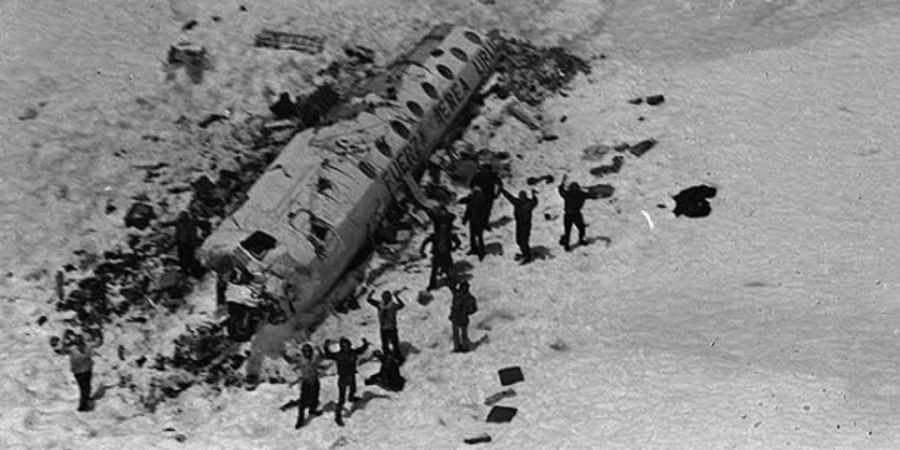

The Uruguayan Air Force Flight 571 was a chartered flight from Montevideo, Uruguay to Santiago, Chile, carrying 45 passengers and crew. The flight took off on October 13, 1972, and was scheduled to arrive in about 3 hours. However, the plane crashed into the Andes Mountains due to severe turbulence and poor weather conditions.
The crash was catastrophic, with only 12 passengers surviving. They were confronted with bitter cold, high altitude, and scarce resources. For 72 days, the survivors were stranded in the mountains with no food or communication with the outside world. They were forced to resort to cannibalism in order to survive, a decision that would haunt them for the rest of their lives.
The search for the missing plane was immediately launched after it was reported missing, but it was quickly called off due to the harsh weather conditions and difficult terrain of the Andes. To survive, the survivors had to rely on their own ingenuity and strength. They built makeshift shelters out of the plane's wreckage and attempted to signal for help by lighting fires and reflecting the sun with mirrors.
The survivors became weaker and more desperate as the days passed and their food supplies ran out. To stay alive, they eventually resorted to eating the flesh of their deceased friends and family members. The decision was not made lightly, and it caused the survivors significant emotional and psychological distress.
Despite their best efforts, the survivors were unable to attract any rescue missions, and they soon realised they were unlikely to be found. They, however, refused to give up hope and continued to collaborate in order to survive. They eventually got in touch with a Chilean shepherd, who informed authorities about the crash and the survivors.
On December 20, 1972, a rescue mission was launched, and the survivors were rescued by helicopter. When they returned to Uruguay and Chile, they were greeted as heroes, and their story became known as the Andes flight disaster and the Miracle of the Andes.
The story of the Andes flight survivors was later retold in books and movies, including the 1993 film Alive. The harrowing story of the survivors and their struggle to survive in the face of extreme adversity was depicted in the film. The story of the Andes flight disaster is a testament to the human spirit and will to survive in the face of adversity.
To summarise, the Andes flight disaster was a tragedy that took many lives and traumatised the survivors. However, it also represents hope, courage, and resilience in the face of adversity. The survivors' story continues to inspire people today and serves as a reminder of the human spirit's strength and will to survive.
